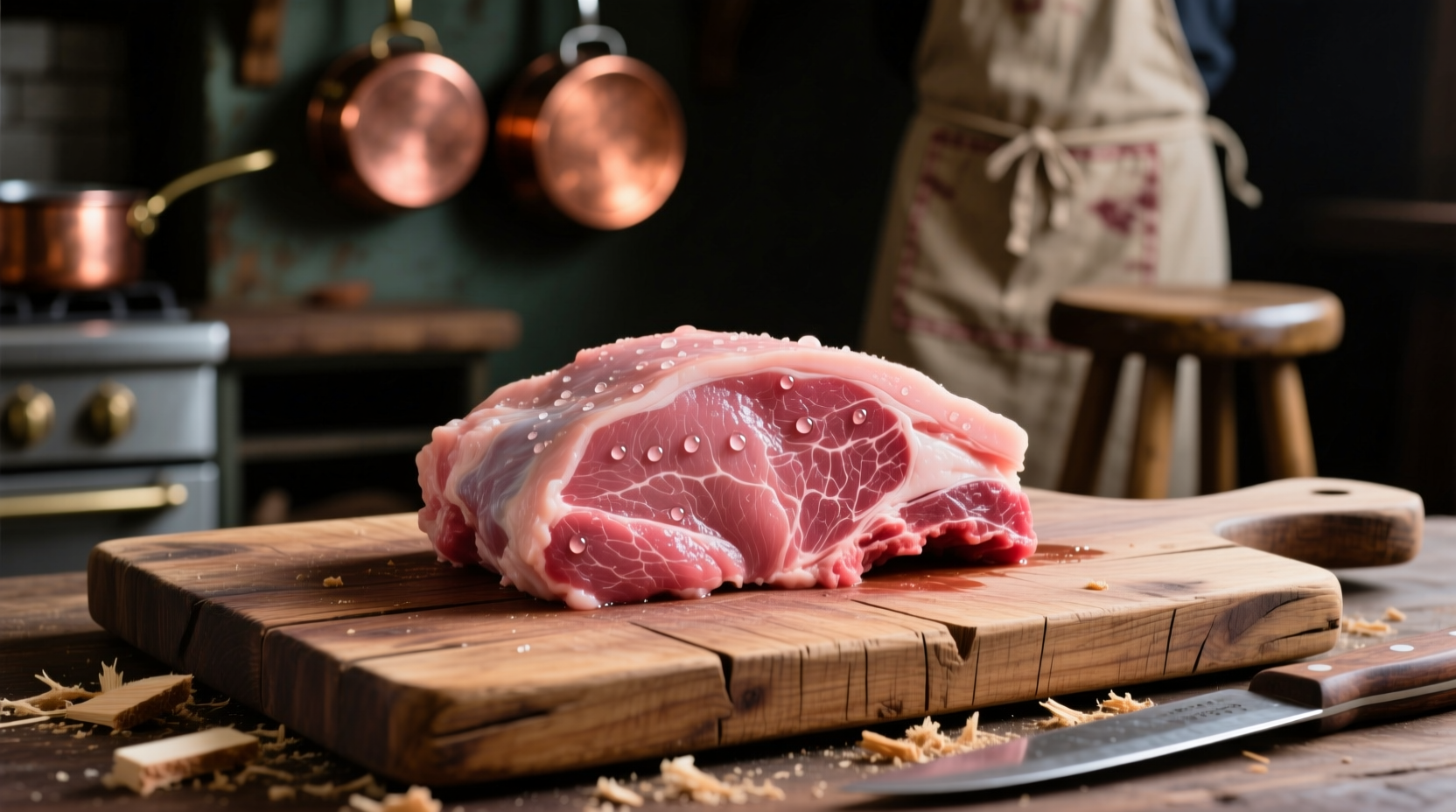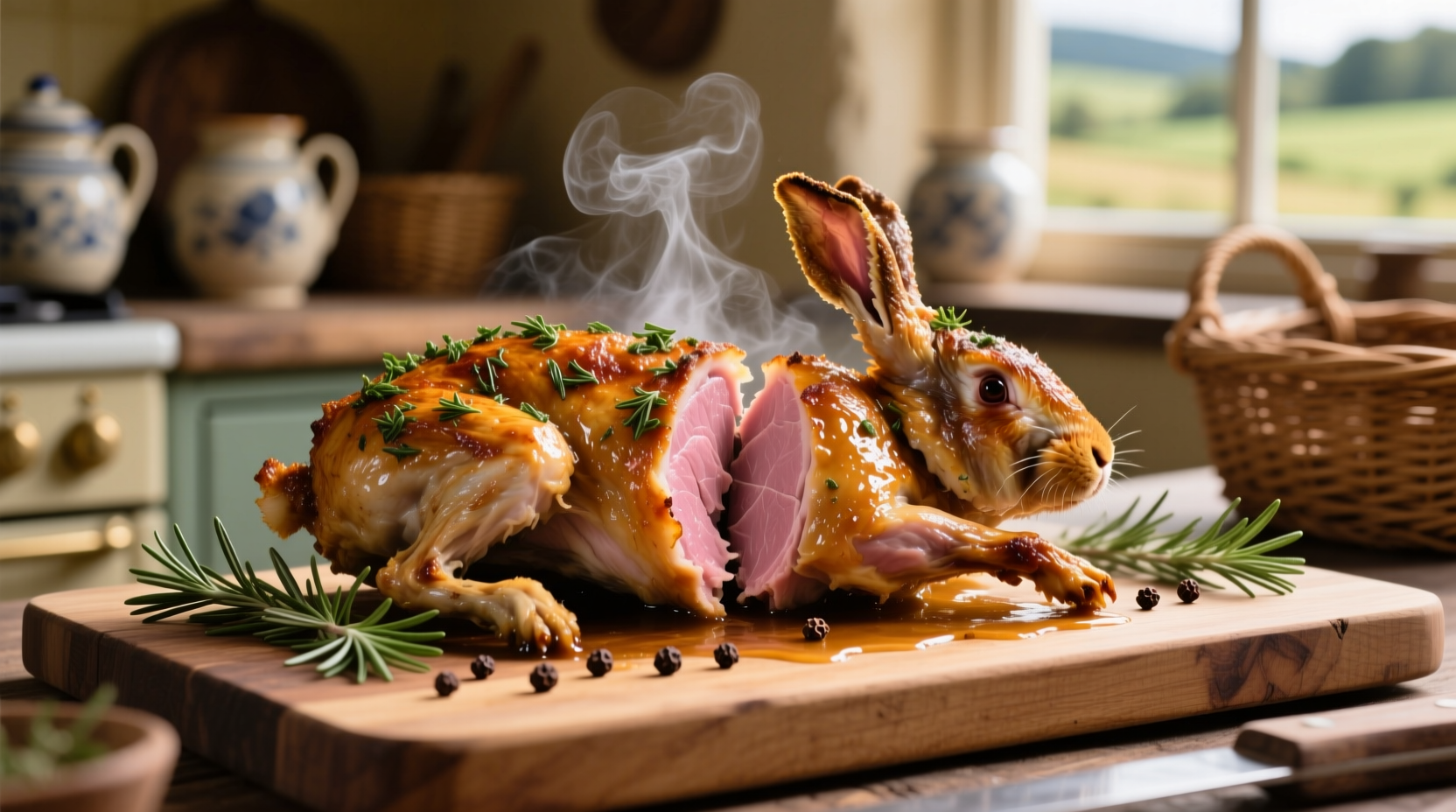Curious about adding rabbit to your menu? You're not alone. As sustainable protein sources gain popularity, many home cooks and food enthusiasts are exploring what rabbit tastes like before trying this lean, nutrient-rich meat. Unlike stronger game meats, rabbit offers a surprisingly approachable flavor profile that adapts beautifully to various cooking techniques.
How Rabbit Compares to Common Meats
Understanding rabbit's taste requires comparison to familiar proteins. While often called “wild chicken,” this comparison only tells part of the story. Rabbit shares chicken's mild base flavor but adds subtle earthy notes reminiscent of pork. The texture differs significantly from both, offering something uniquely its own.
| Meat Type | Flavor Profile | Texture | Fat Content |
|---|---|---|---|
| Rabbit | Mild gamey, slightly sweet, delicate | Firm yet tender, fine-grained | Very low (3.3g per 3oz) |
| Chicken | Neutral, mild | Softer, more uniform | Moderate (7.4g per 3oz) |
| Pork | Sweet, rich | Softer, more marbled | Higher (8.7g per 3oz) |
| Beef | Strong, umami | Chewier, coarser | High (12.4g per 3oz) |
Data source: USDA FoodData Central
Factors That Influence Rabbit's Flavor
Rabbit's taste isn't uniform—several elements affect its final flavor profile:
Diet and Habitat
Wild rabbits feeding on herbs and grasses develop more pronounced earthy notes compared to farm-raised rabbits on grain diets. According to research from the USDA Agricultural Research Service, rabbits consuming diverse vegetation show measurable differences in fatty acid composition that affect flavor.
Age Matters Significantly
Young fryer rabbits (under 5 months) offer the mildest flavor and most tender texture. As rabbits mature, their meat becomes darker, firmer, and develops stronger gamey characteristics. Jumbo breeds raised for meat typically reach optimal flavor at 12-16 weeks.

Cooking Techniques That Enhance Rabbit Flavor
Rabbit's lean nature requires specific preparation to prevent dryness while highlighting its delicate taste:
Braising for Maximum Tenderness
Slow-cooking rabbit in liquid at low temperatures (275-325°F) for 1.5-2 hours transforms tougher cuts into fork-tender morsels. Traditional French lapin à la moutarde demonstrates how rabbit absorbs surrounding flavors while maintaining its distinctive character.
Dry-Heat Methods for Premium Cuts
Saddle and loin cuts respond well to quick searing followed by oven finishing. The key is reaching 145°F internal temperature—higher temperatures cause the lean meat to become dry. Professional chefs often recommend barding (wrapping with fat) to maintain moisture during cooking.
Regional Flavor Variations You Should Know
Cultural preparation methods significantly influence perceived taste:
- Mediterranean preparations with rosemary, garlic, and white wine highlight rabbit's subtle sweetness
- Asian cooking techniques using ginger and soy create a flavor bridge between rabbit's mild gameiness and familiar umami profiles
- Traditional French methods with mustard and cream balance rabbit's leanness with rich accompaniments
According to culinary anthropologists at the University of Gastronomic Sciences, rabbit consumption patterns reveal fascinating cultural adaptations. In regions where rabbit has been a staple for centuries like Spain and Italy, preparation methods have evolved to perfectly complement the meat's natural characteristics.
What First-Time Eaters Should Expect
If you're trying rabbit for the first time, manage your expectations properly. Don't anticipate strong gamey flavors like venison or duck. Instead, prepare for a mild protein that serves as a flavor canvas, absorbing surrounding seasonings while maintaining its delicate character. The texture provides the most distinctive element—firmer than chicken breast but more delicate than pork tenderloin.
Many first-time tasters report surprise at how approachable rabbit tastes, especially when properly prepared. Food preference studies show that when introduced through familiar preparation methods (like rabbit cooked with chicken seasoning profiles), acceptance rates exceed 85% among participants.
Storage and Freshness Indicators
Freshness dramatically affects taste perception. Properly stored rabbit should:
- Have pale pink to light red color (darkening indicates age)
- Exhibit firm texture that springs back when pressed
- Carry only a very mild scent (strong odors indicate spoilage)
For optimal flavor, use within 2 days of purchase or freeze immediately. Thaw frozen rabbit in the refrigerator over 24 hours for best texture retention.











 浙公网安备
33010002000092号
浙公网安备
33010002000092号 浙B2-20120091-4
浙B2-20120091-4